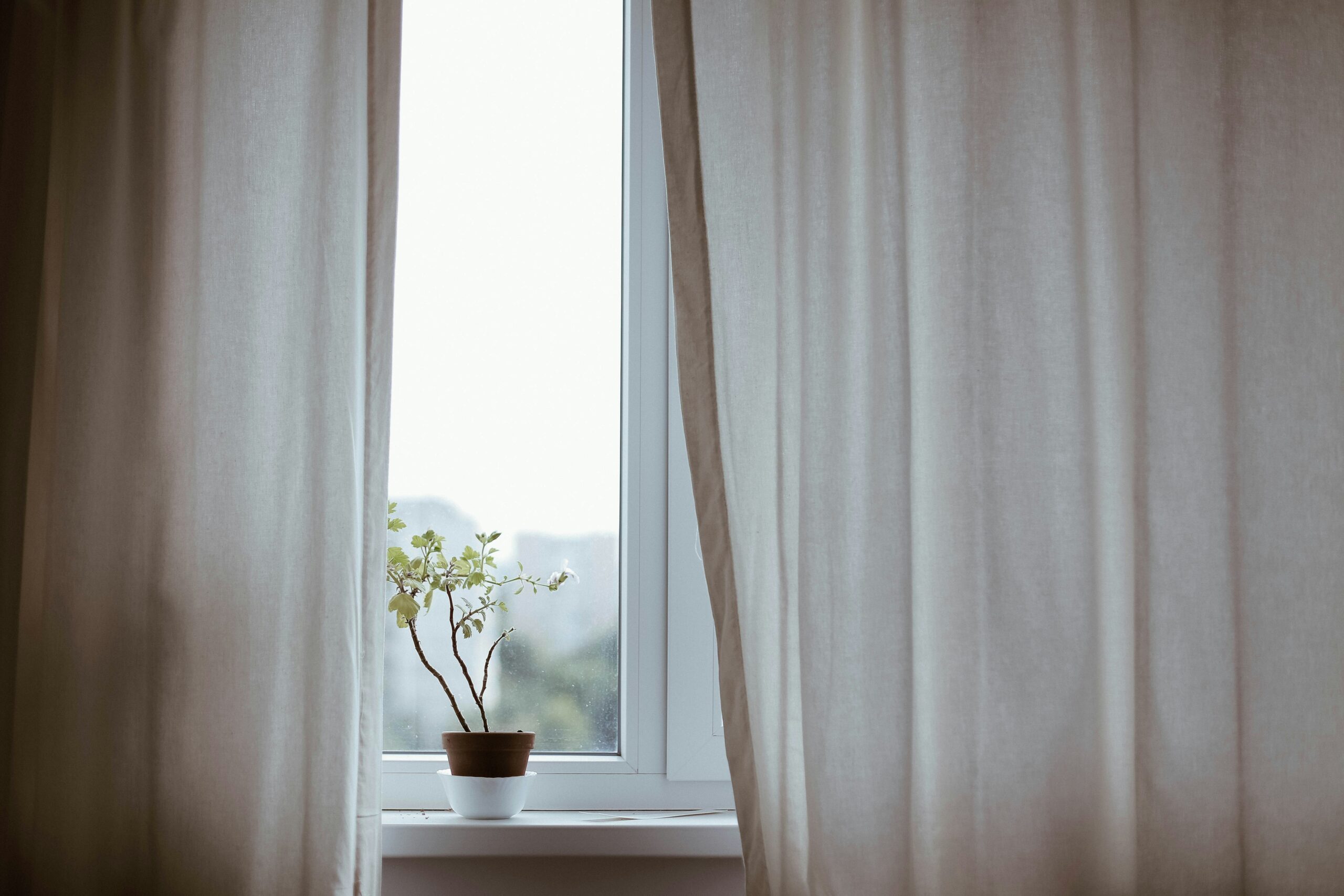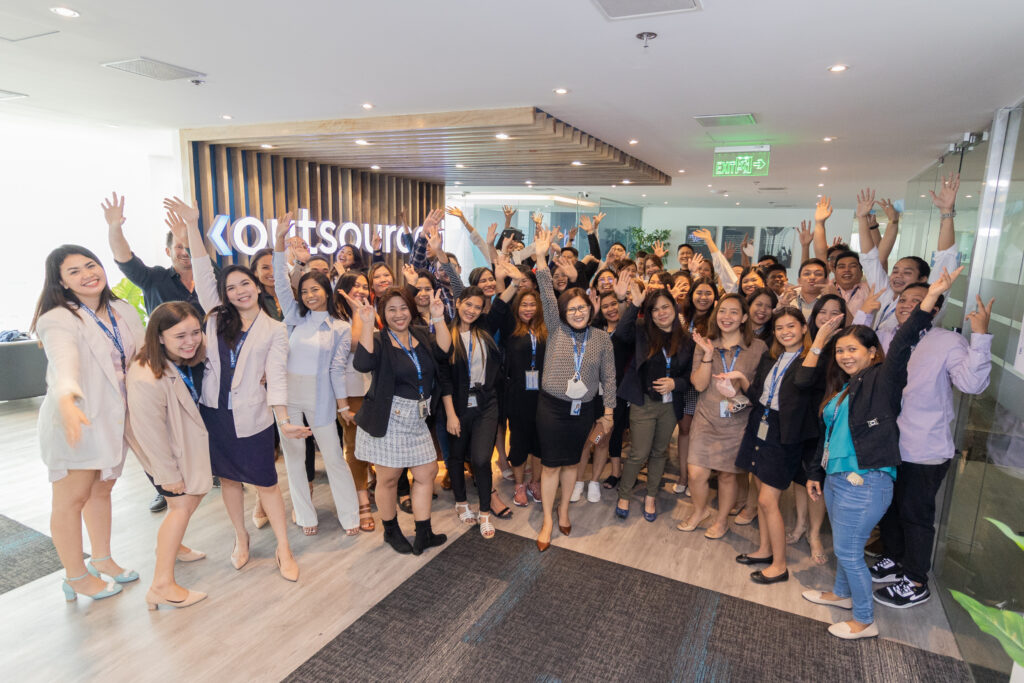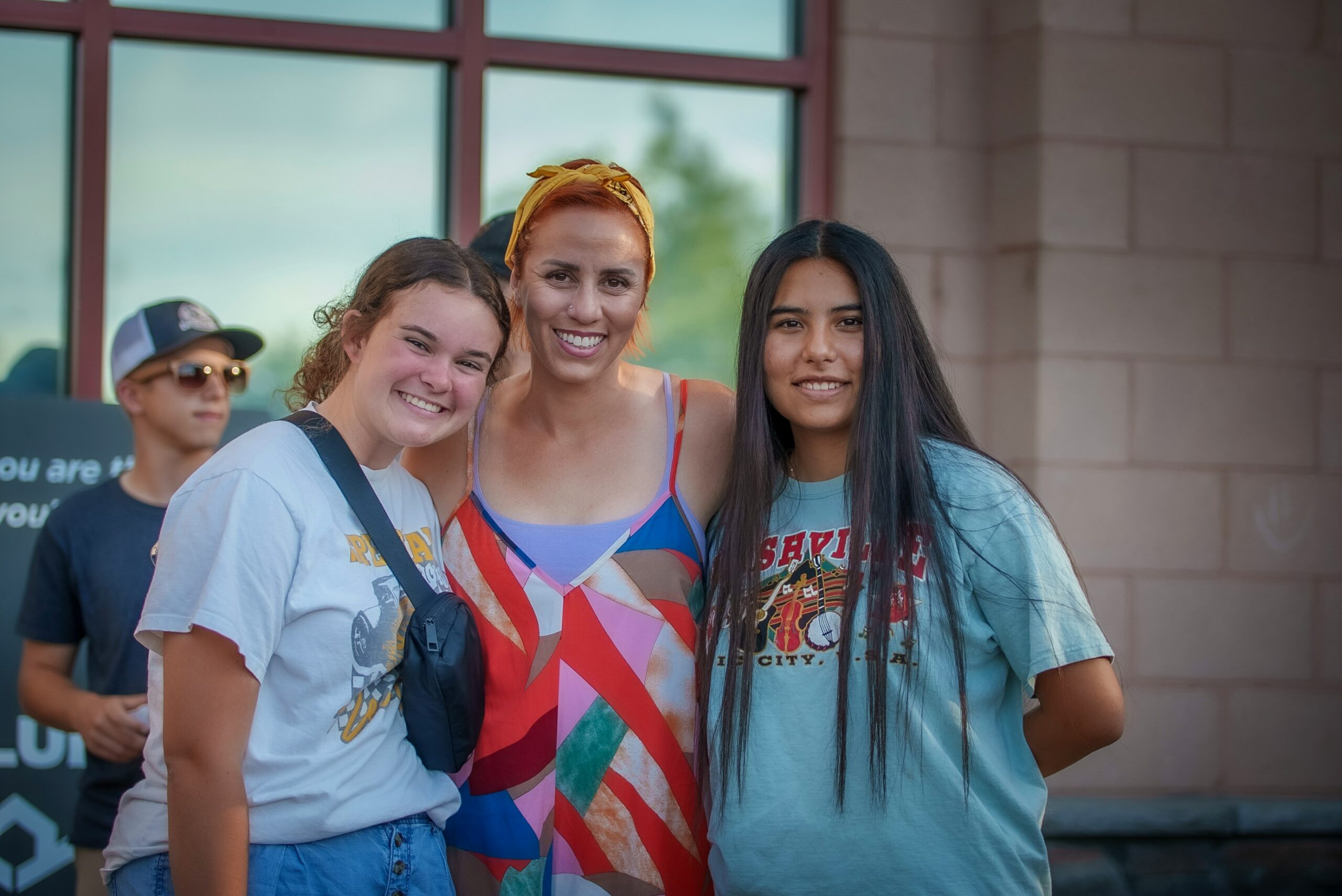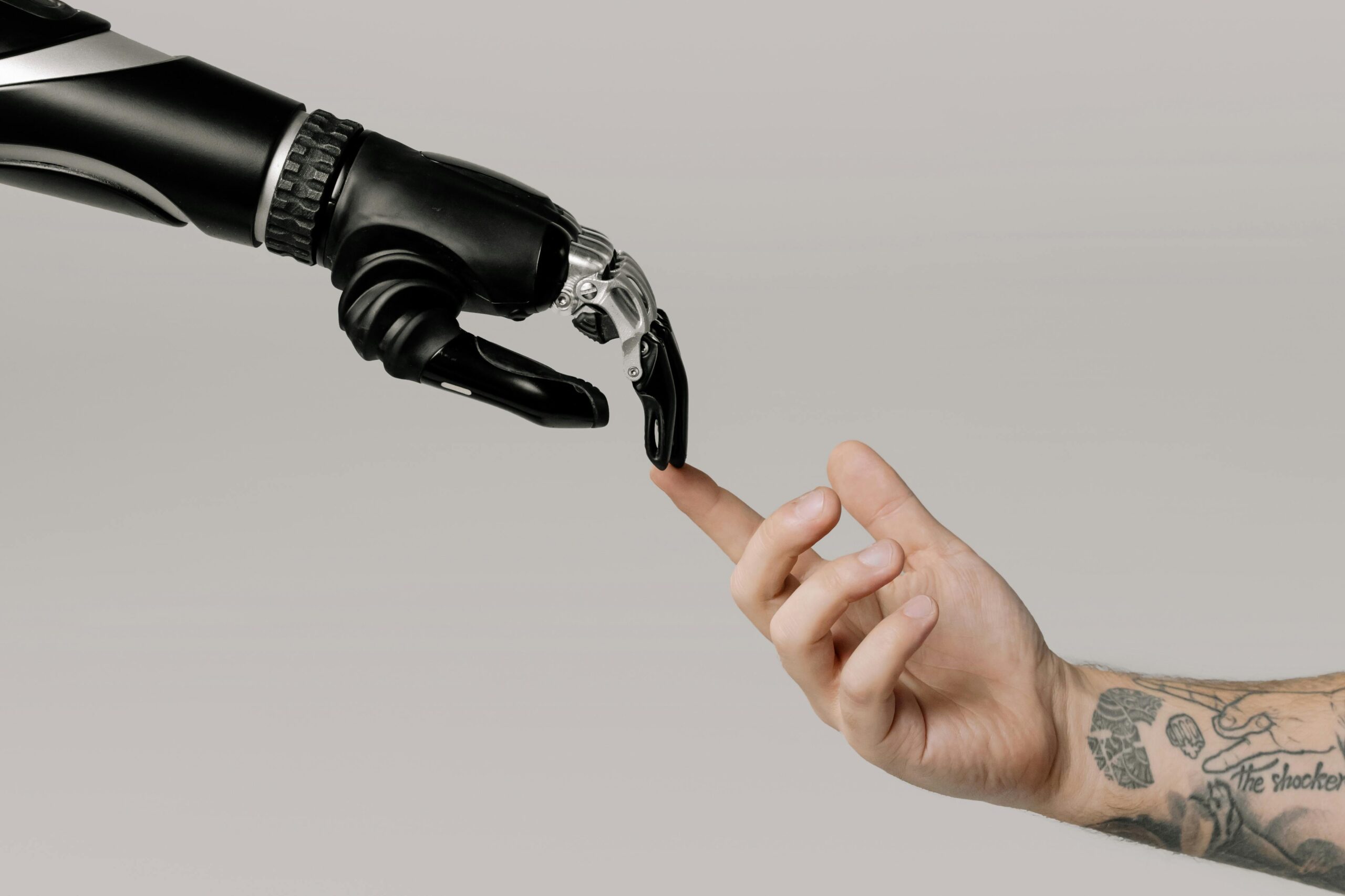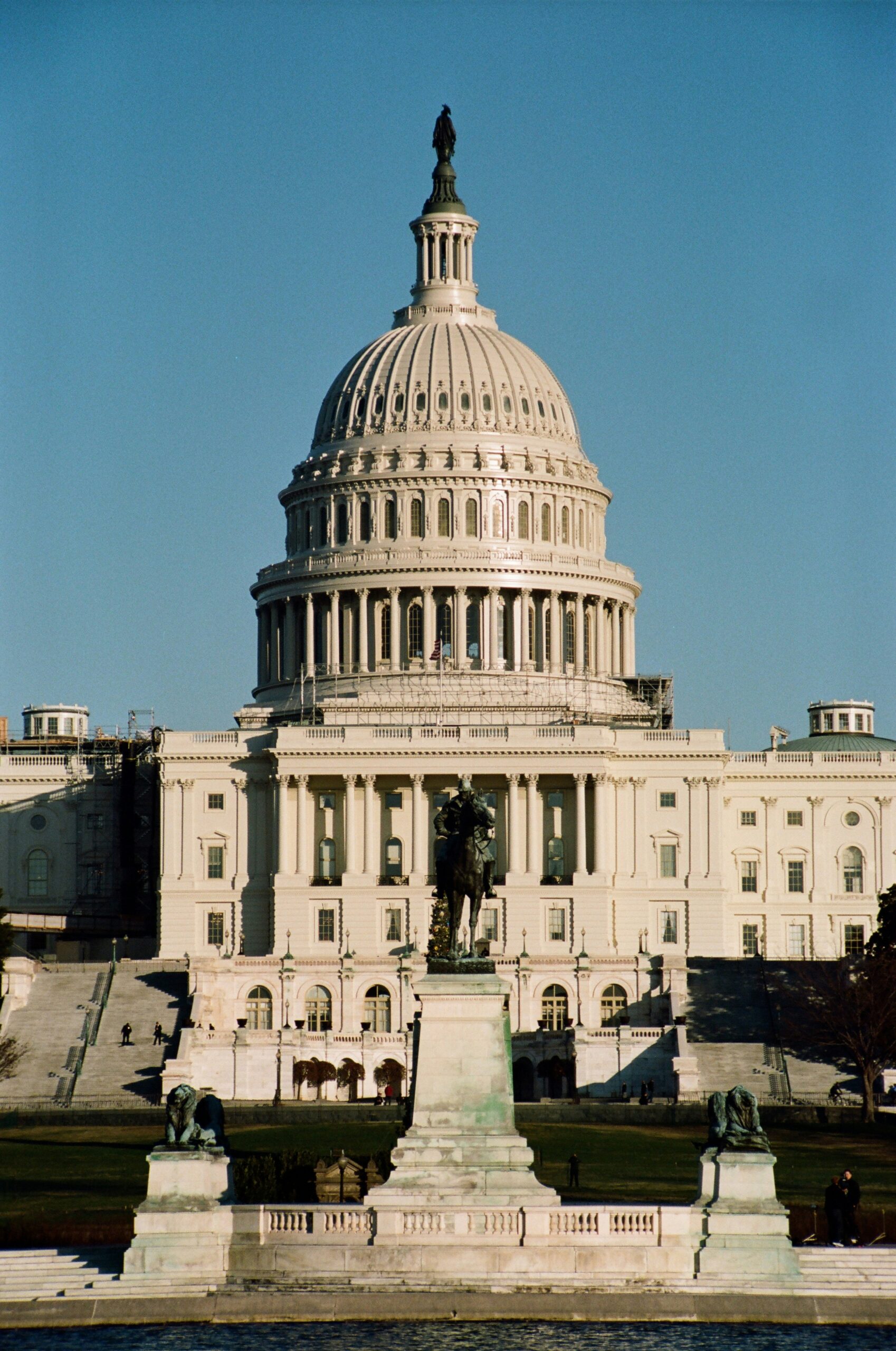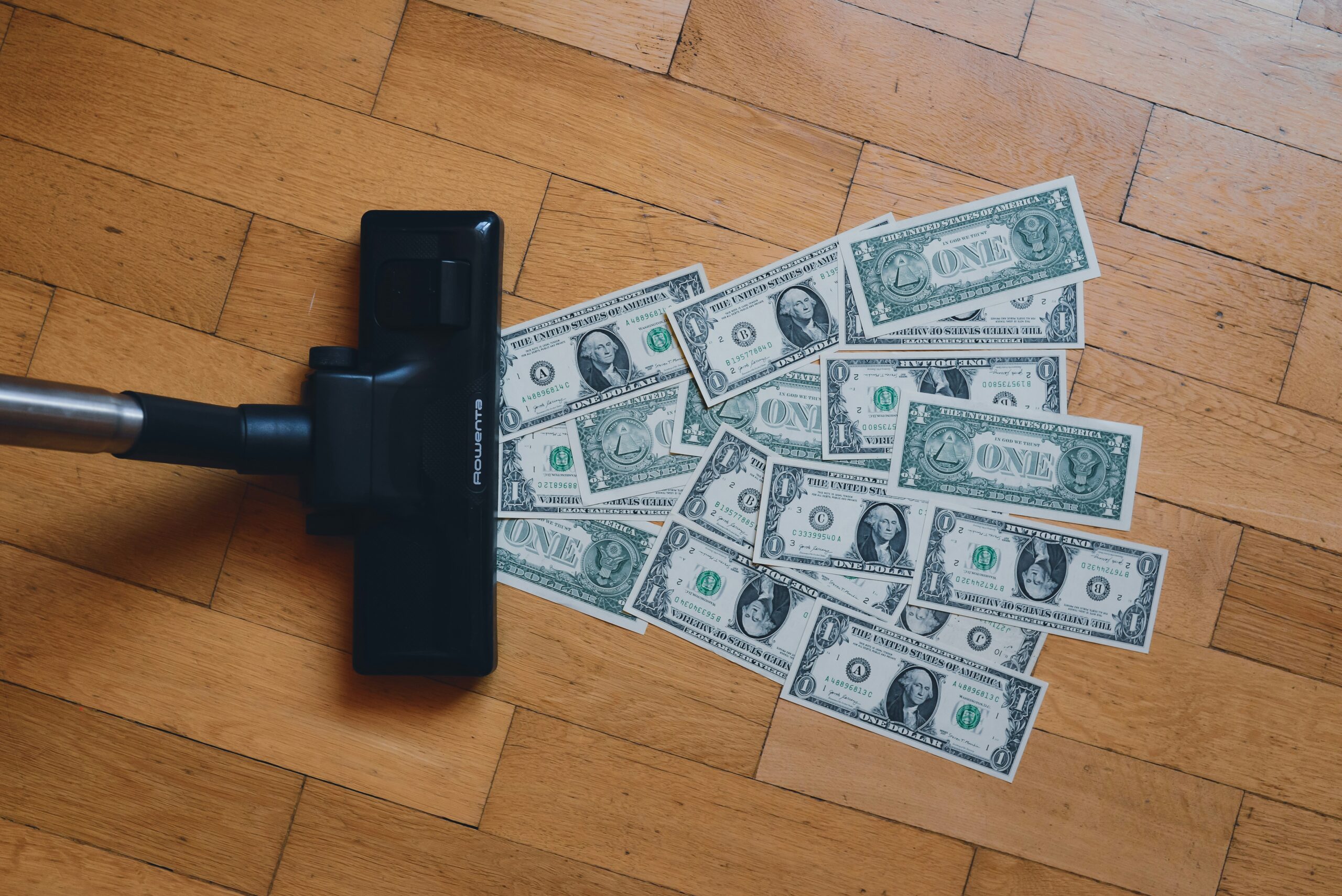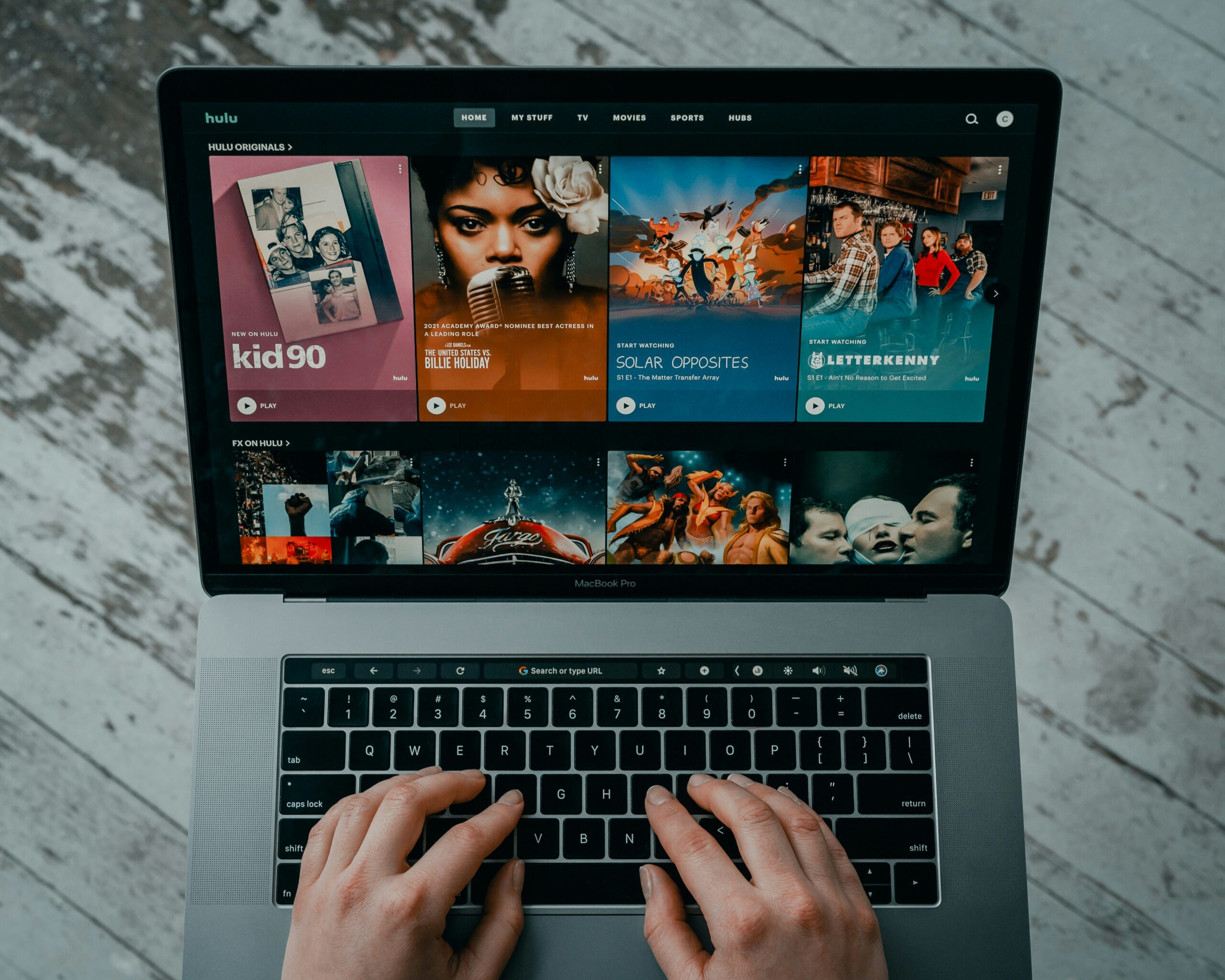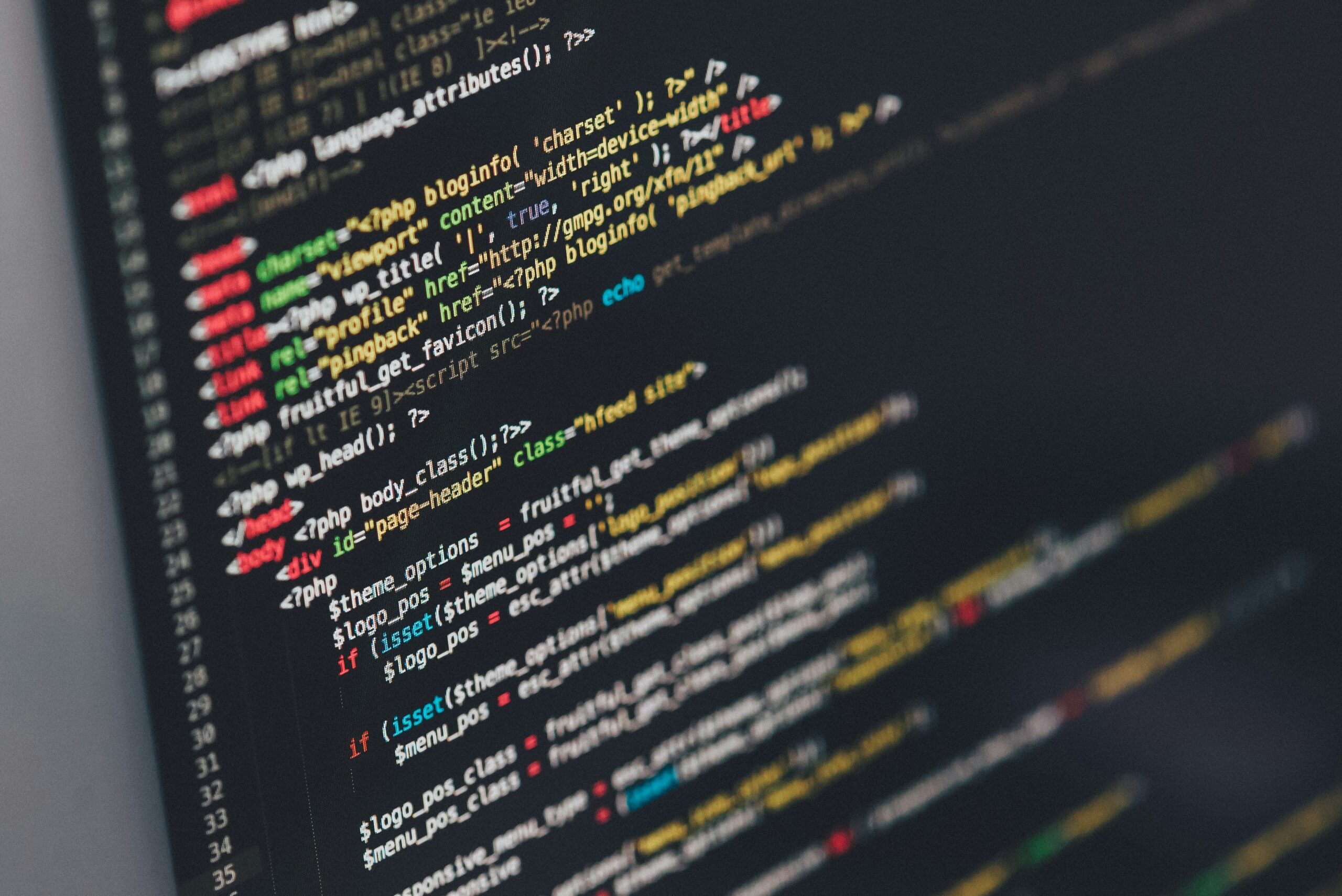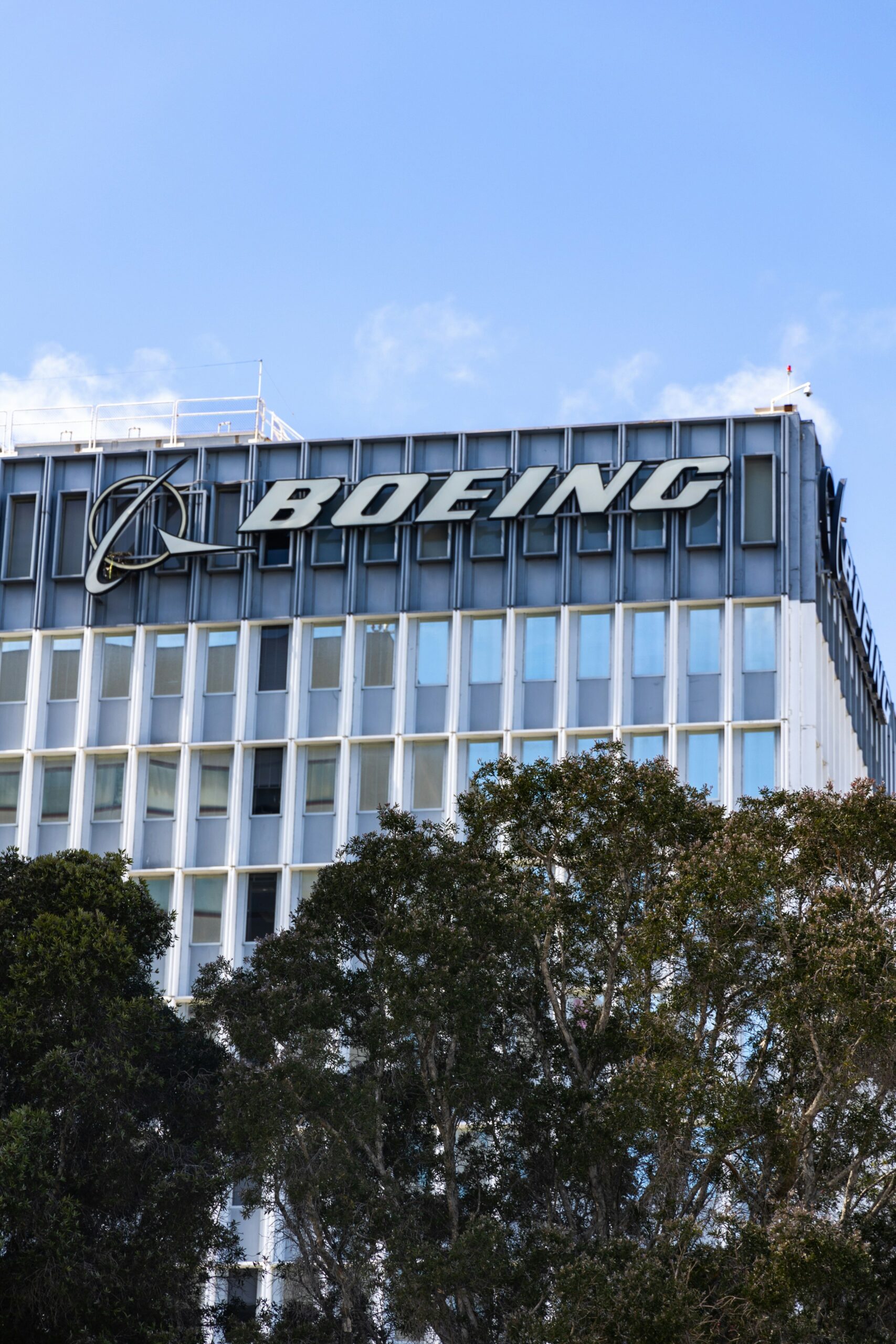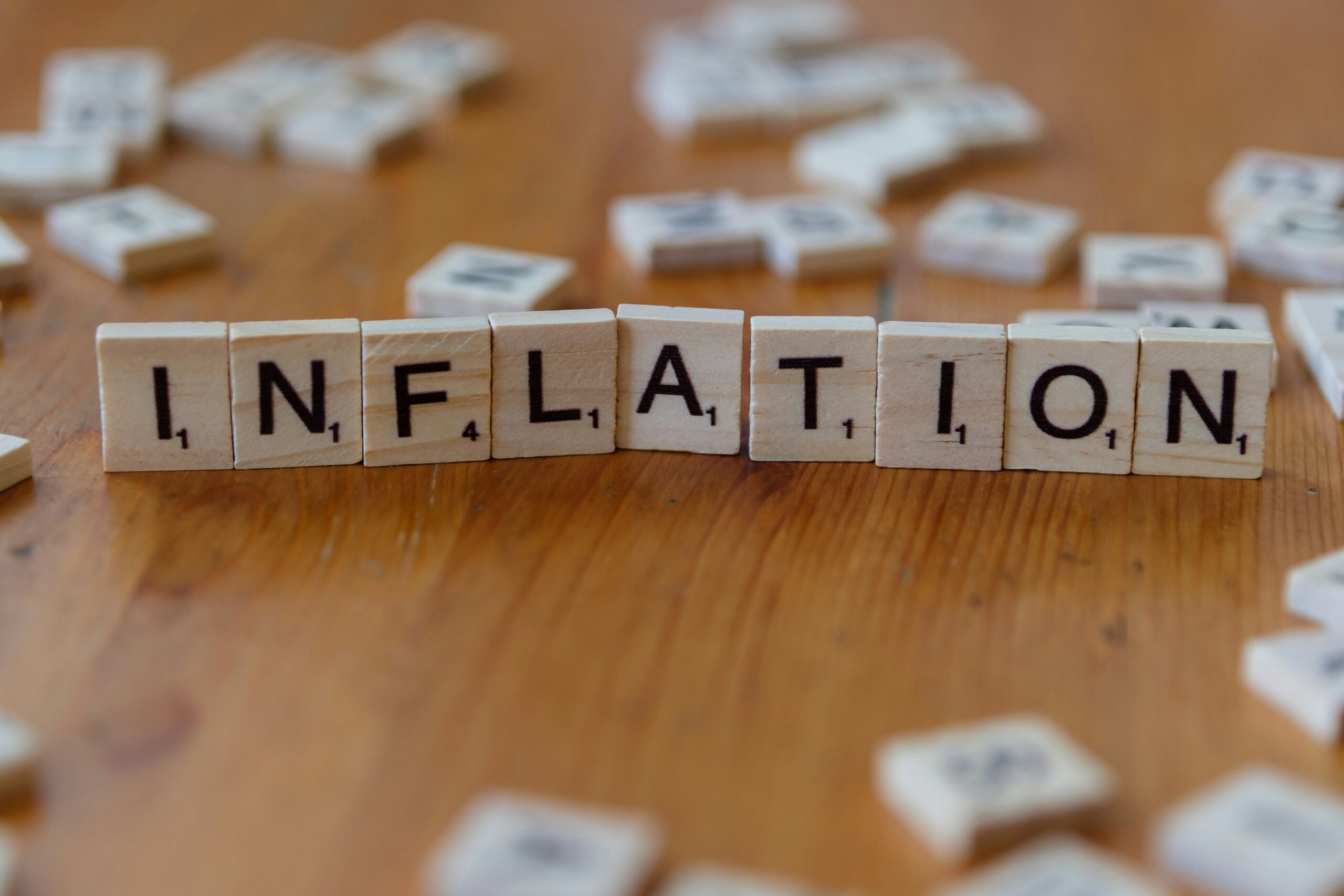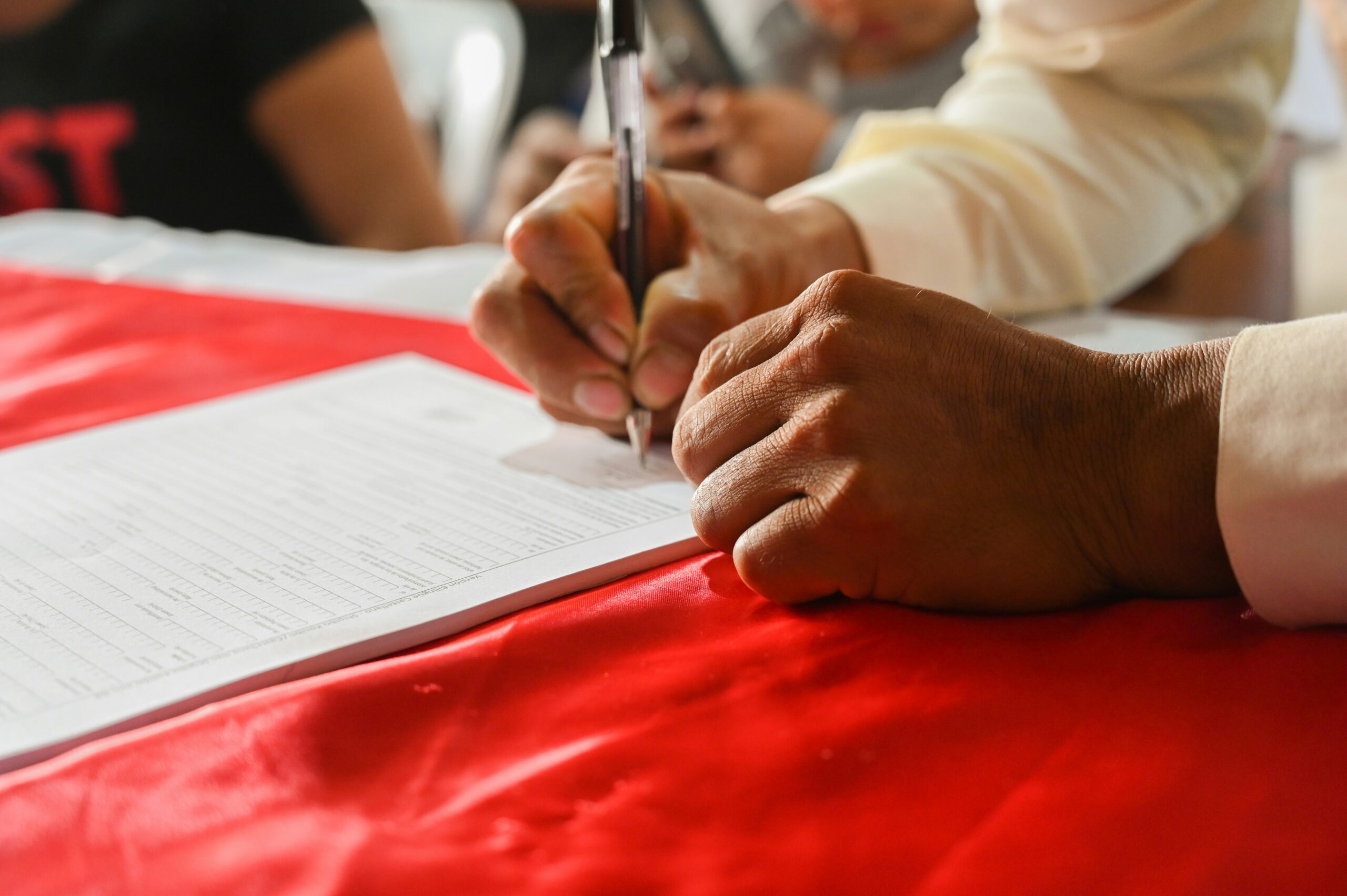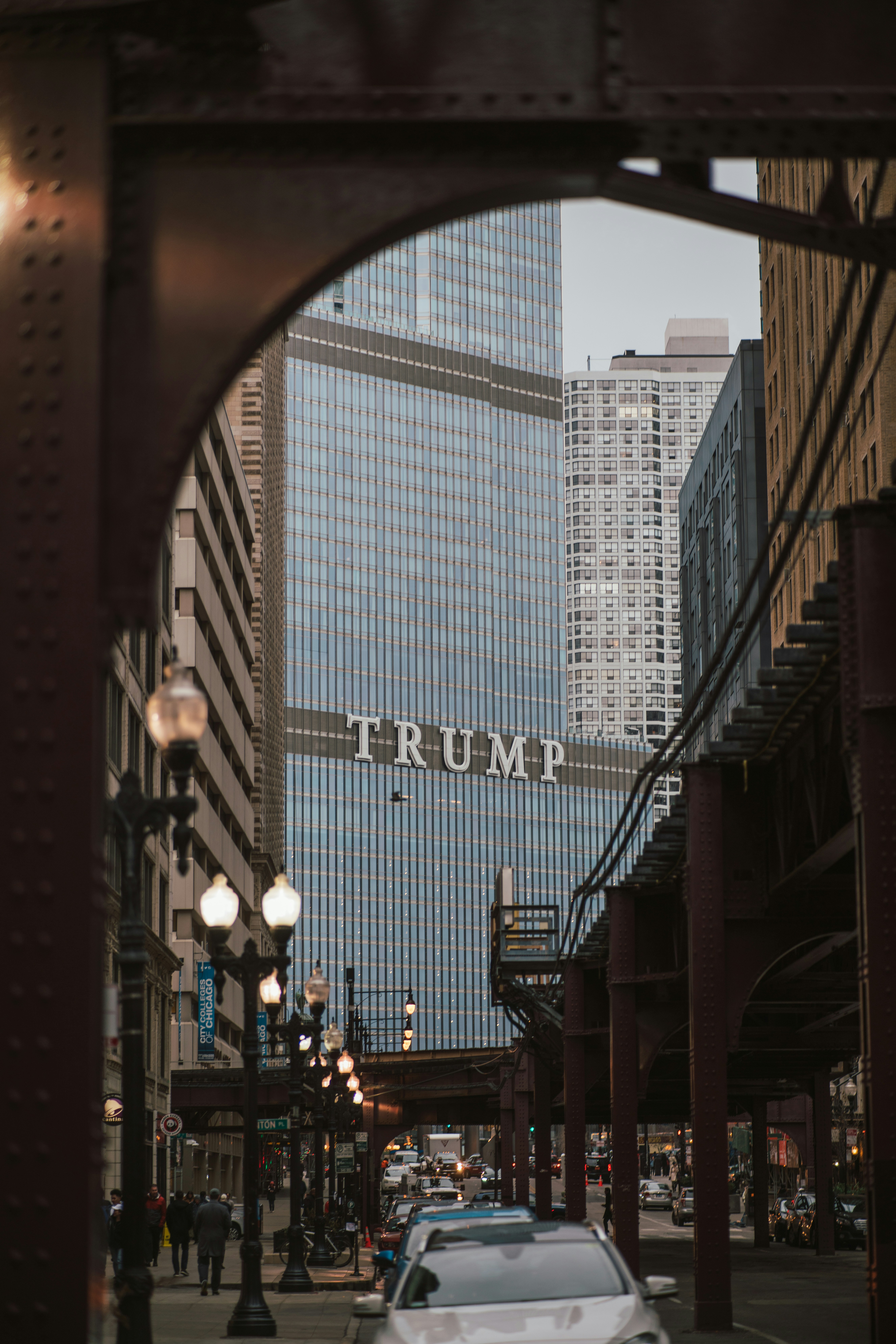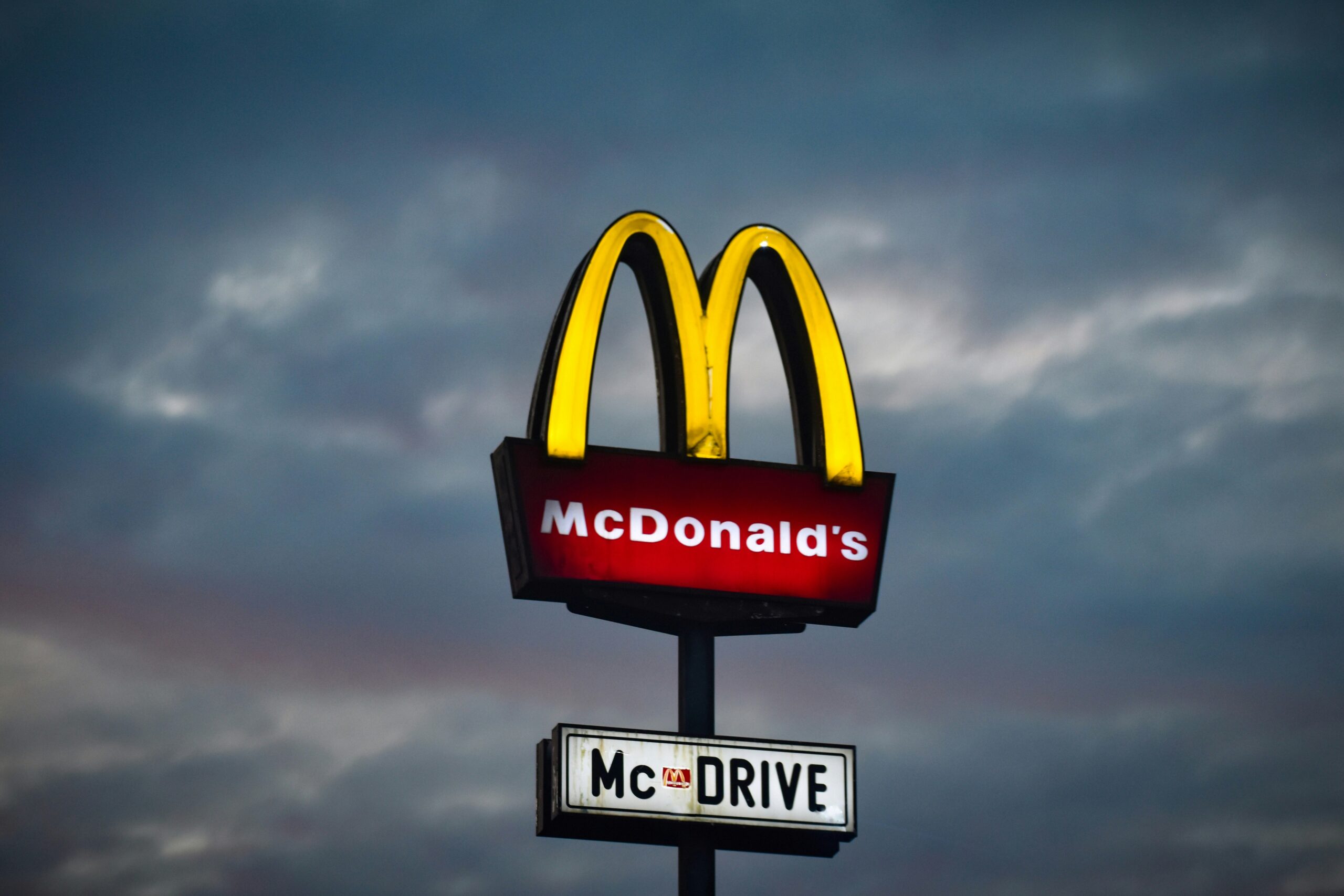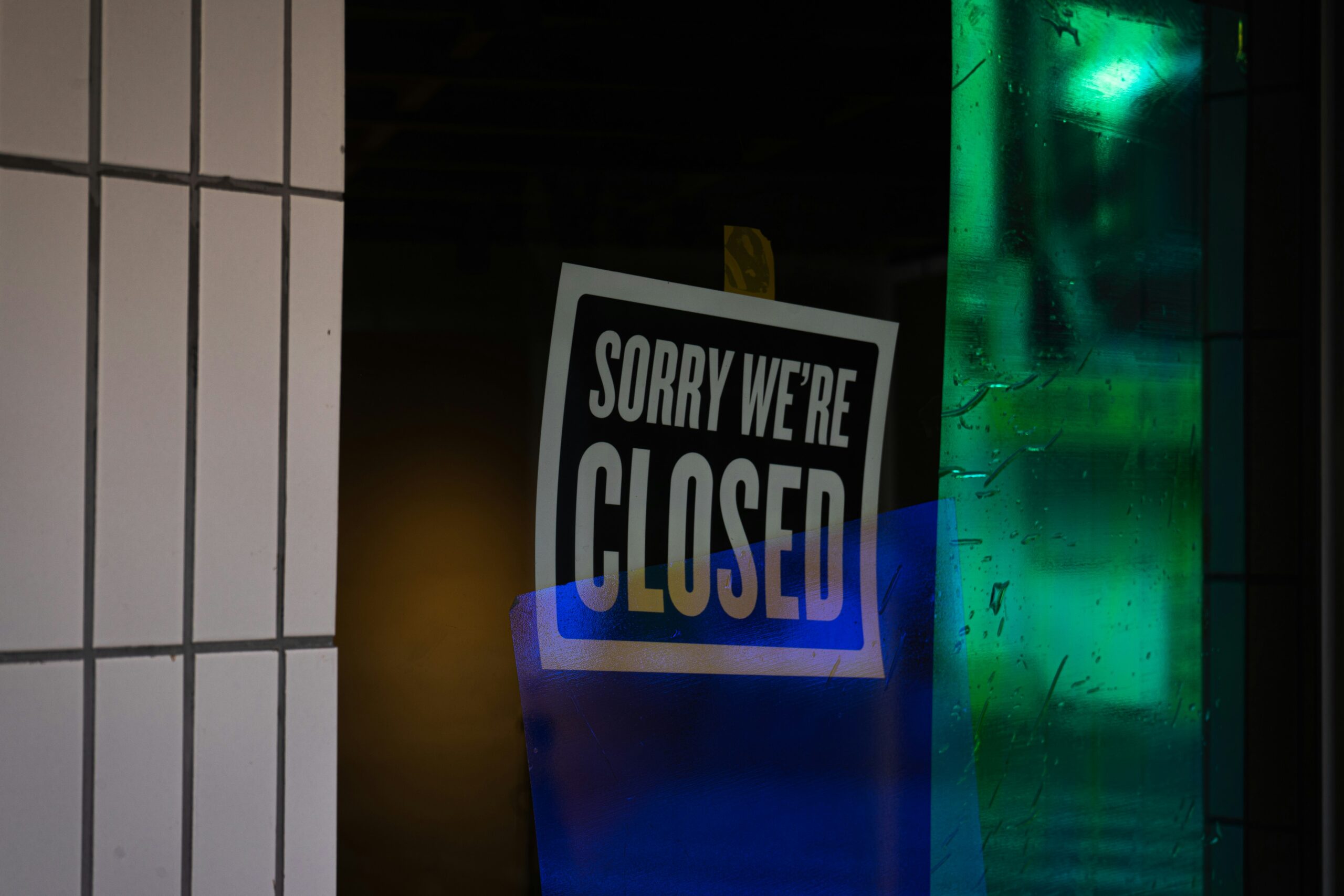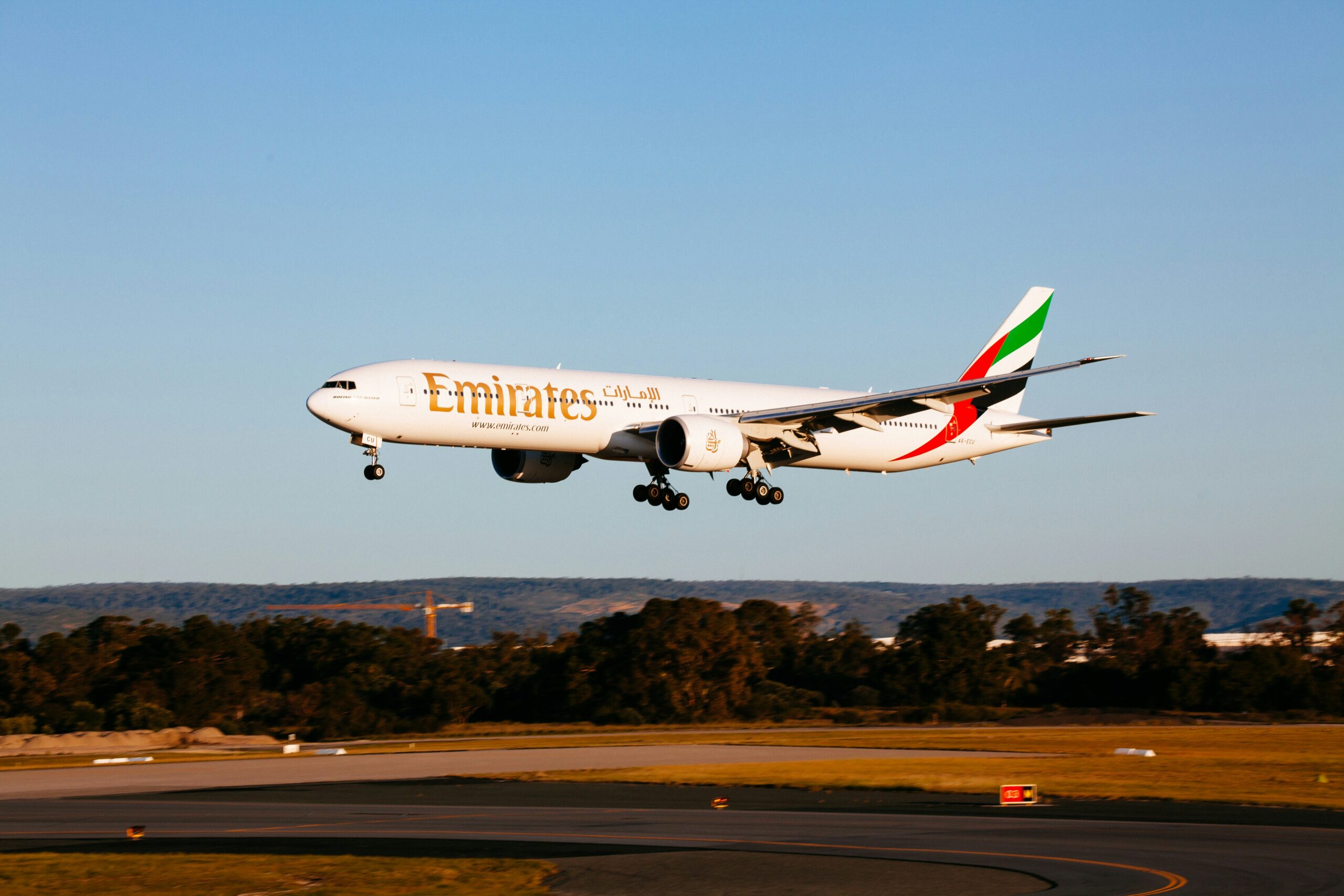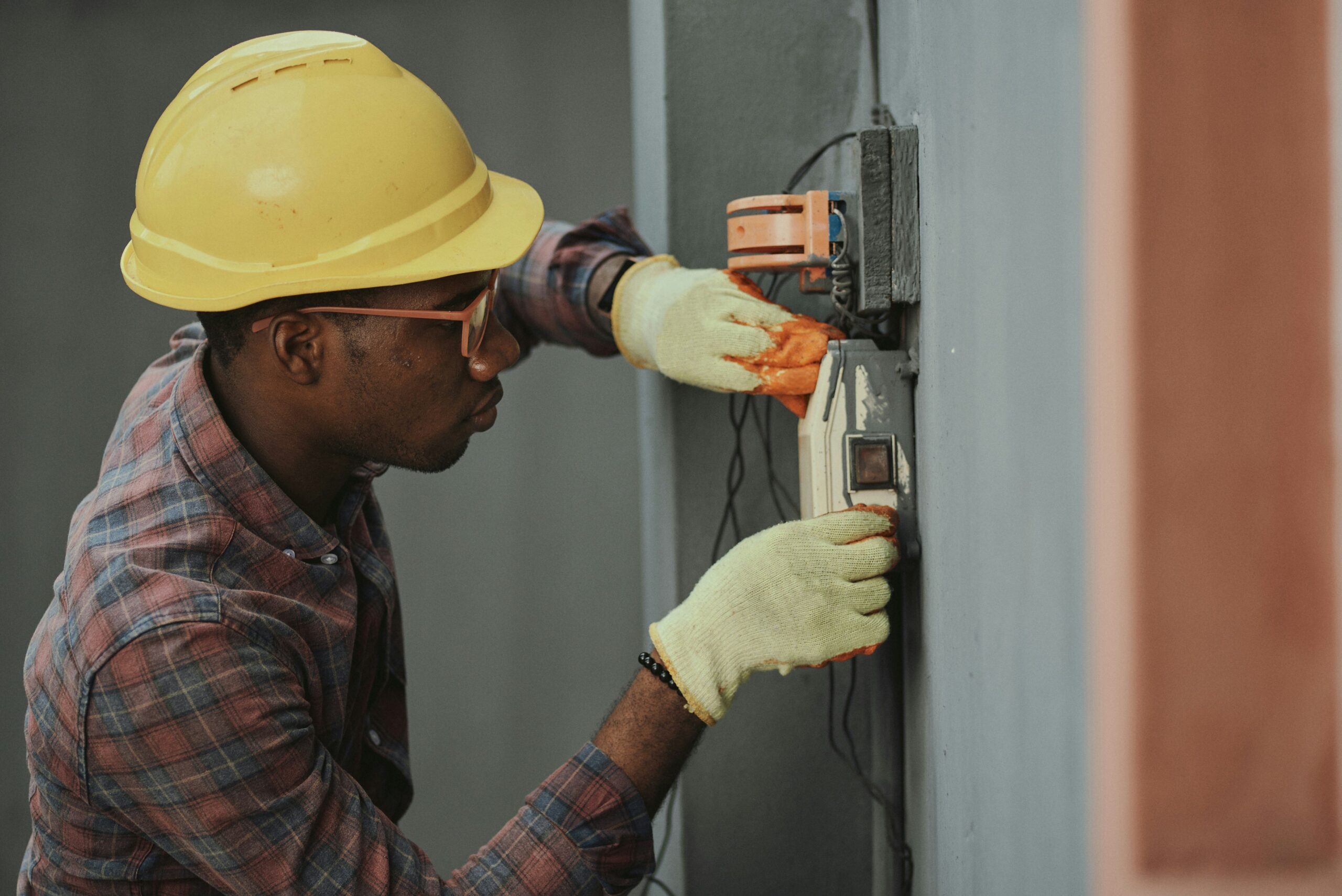Image credit: Unsplash
The Bureau of Labor Statistics reported on September 6 that the labor market is weakening amid a post-pandemic decline. At the core of their report was the number of Americans absent from work due to childcare difficulties, with this August’s record matching August 2020.
The Influence of COVID-19
The current population’s labor struggles follow in the wake of the COVID-19 pandemic period, and though the number of Americans facing these issues is on a general downward trend, statistical peaks and valleys reflect their persistence.
Ultimately, reliable and affordable sources of child care faced significant problems during the pandemic. Childcare facilities didn’t get any business, lockdowns kept parents and children at home, and facilities could not recover fully, even after state mandates were lifted.
The facilities that would have employed childcare professionals, who alleviated the labor market of childcare difficulties, cannot match the increasing demand. Julia Pollak, the chief economist at ZipRecruiter, told NBC News that “there’s a market failure.”
Rising Costs and Renewed Demand
According to the Bank of America, since 2019 and the onset of the COVID-19 pandemic, childcare prices have increased by 32%, while the number of households making childcare payments has risen back to hover around pre-pandemic levels. Childcare facilities’ inability to keep up with renewed demand has created significant affordability problems, making childcare a major issue for the November election.
A Political Issue
Both former President Donald Trump and Vice President Kamala Harris are angling for the cost of child care, recognizing it as a potential avenue for securing electoral victory in this presidential race. Trump and his running mate, Ohio Senator JD Vance, proposed individual ways of addressing the matter.
Tariffs and Family Reliance
At the Economic Club of New York on September 5, Trump suggested that imposing tariffs on goods entering the United States would generate enough revenue to alleviate American childcare costs completely. However, economists disagree on the measure’s ability to succeed.
Vance shared a 2021 survey on X that compared parents with and without a college degree. The survey suggests that families with degrees spend more on child care because they work full-time. However, the data on the same chart does not show a significant discrepancy between parents with and without a degree, favoring one parent staying at home.
In another post on X, Vance stated, “If you open up kinship and other options for families, you will relieve some pressure on the day care system in this country.”
Vance also claimed that a universal childcare option would only act as a subsidy to the lifestyle of affluent families over the working class, suggesting to far-right commentator Charlie Kirk that the government should encourage family members to provide child care, such as grandparents. He has previously alluded to a plan for delivering these family members with some payment for their work but never offered the details.
Grants and Accessibility
In her vice presidential role, Harris announced her action to lower childcare costs for more than 100,000 families by strengthening the Child Care & Development Block Grant (CCDBG) program. The rule will be extended to cap co-payments for participating families, encourage states to eliminate co-payments for families of children with disabilities, pay childcare providers on time, and make it easier to access CCDBG subsidies.
Though Vance has expressed support for raising the child tax credit, Harris’ running mate enacted the most generous one in the country. Minnesota Governor Tim Walz’s program helped more than 215,000 families this year and benefitted nearly 440,000 children.
The issue of childcare costs will be political in November as economic forces continue to influence Americans’ choices.











